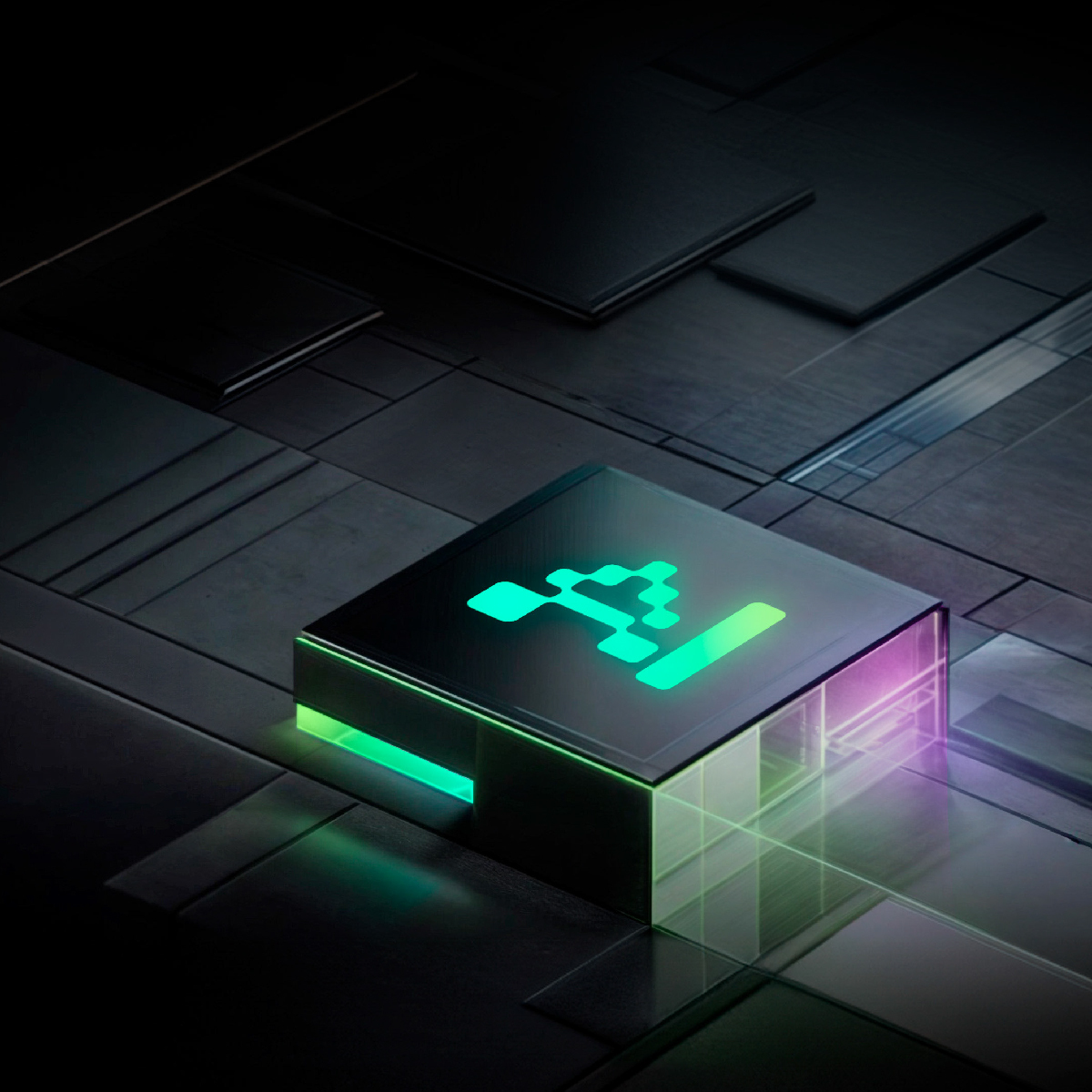Join our newsletter



The digital transformation has turned data into a new raw material with which to create better functionalities. In addition, the use of technologies such as the Internet of Things (IoT) and Artificial Intelligence (AI) allows for increasingly effective information management. Two innovations that are very beneficial individually, take on greater relevance when combined, giving rise to the Artificial Intelligence of Things, AIoT.
Connectivity and the growth of new technologies have led to the creation of new analytical methods that help to understand data and transform it into useful information to improve and streamline a large number of processes and activities. And the next evolutionary step in the technology sector has been to give even more value to data thanks to the Artificial Intelligence of Things.
AIoT is the combination of the Internet of Things and Artificial Intelligence technologies. To correctly understand the meaning of this concept, it is crucial to investigate the details of its components.
The Internet of Things is based on the connectivity that allows physical elements, and devices, to transfer data through a wireless network and communicate with other devices. This technology is increasingly present in industrial, agricultural, and health sectors, and even in buildings and a large number of elements that are part of so-called smart cities, since they are connected cities. In addition, it offers a great number of options and opportunities that allow for improving the lives of people and work environments.
On the other hand, there is Artificial Intelligence, an increasingly popular concept, especially in technological areas. AI uses algorithms that allow machines to learn automatically. Its main objective is that the technological tools based on it are capable of detecting errors and alerting them in the future. For example, it is used as a fundamental part when establishing corporate strategies in personnel selection processes or in the field of supply chains.
In this sense, AIoT can be defined as a new technology responsible for giving physical elements autonomy so that they can analyze the situation and make decisions based on machine learning.
The main objective of this technology is to achieve the benefits of IoT and AI. IoT devices house and manage a large amount of data and, therefore, to take advantage of it and interpret the information, it is necessary to implement machine learning. In this way, systems are capable of self-correcting, adapting to contexts and continuously improving.
With the combination of both technologies, intelligent solutions can be developed for smart cities, industrialization, the health sector or transport, among others. In addition, another goal that it raises is to facilitate the use of automation and to improve its security and privacy.
The objectives of the artificial intelligence of things raise a new concept, Edge Computing. It is the ability to process data from the smart device itself efficiently.
The Artificial Intelligence of Things is already present in many spaces, from industrial environments to leisure and tourism, through agriculture and livestock, transport and logistics, or banking and insurance.
It is present in current smartphones since they use intelligent applications capable of learning and responding automatically thanks to human interaction. An example of this is voice assistants such as Siri, Alexa, or Cortana, through which the user can perform searches, make calls, write messages, or open other applications.
AIoT is also used in the recommendation systems installed in applications, social networks, emails, and streaming platforms, among others. These tools are designed to generate and provide suggestions and content to the user in a personalized way. They use AI algorithms and machine learning techniques to create an advanced neural network between products and users.
Many companies use this advanced technology to improve security in real-time data analysis, as it helps to detect trends and demand peaks, or suspicious events, which allows users to be kept safe during a purchase process (very useful for cybersecurity departments).
Another significant example is the use of AIoT in autonomous vehicles. It is installed in the onboard computer, cameras, and other connected elements, so that they can be capable of making autonomous decisions in real-time, taking into account road conditions, road safety, and driving mode.
The use of Artificial Intelligence of Things brings many benefits. Mainly, it improves data analysis and, therefore, increases the operational efficiency of the devices. This fact allows identifying the erroneous points to adjust production processes to real needs.
In addition, users do not have to spend time checking the devices, AIoT-based systems are autonomous, which saves resources and time, helping companies to be more sustainable. And thanks to the deployment of the 5G network, the number of devices connected can increase, optimizing processes and improving scalability.
The Artificial Intelligence of Things is a powerful technology that is revolutionizing various industries. By combining the capabilities of IoT and AI, AIoT enables organizations to collect, analyze, and act on data in real time, leading to improved efficiency, decision-making, and innovation.